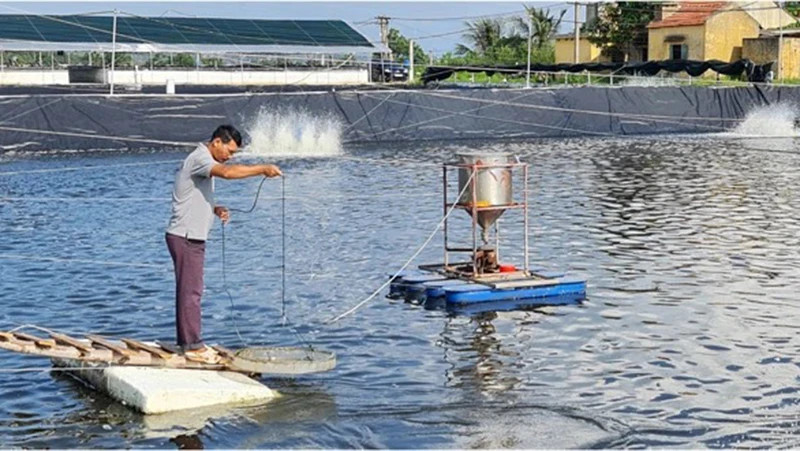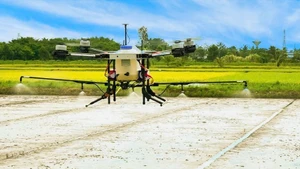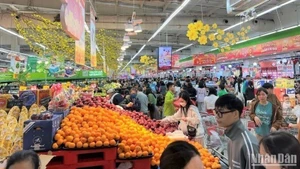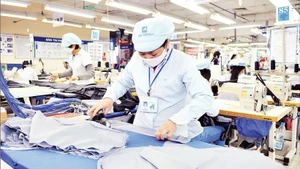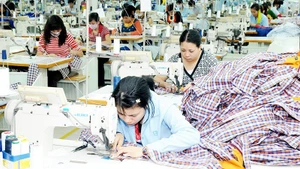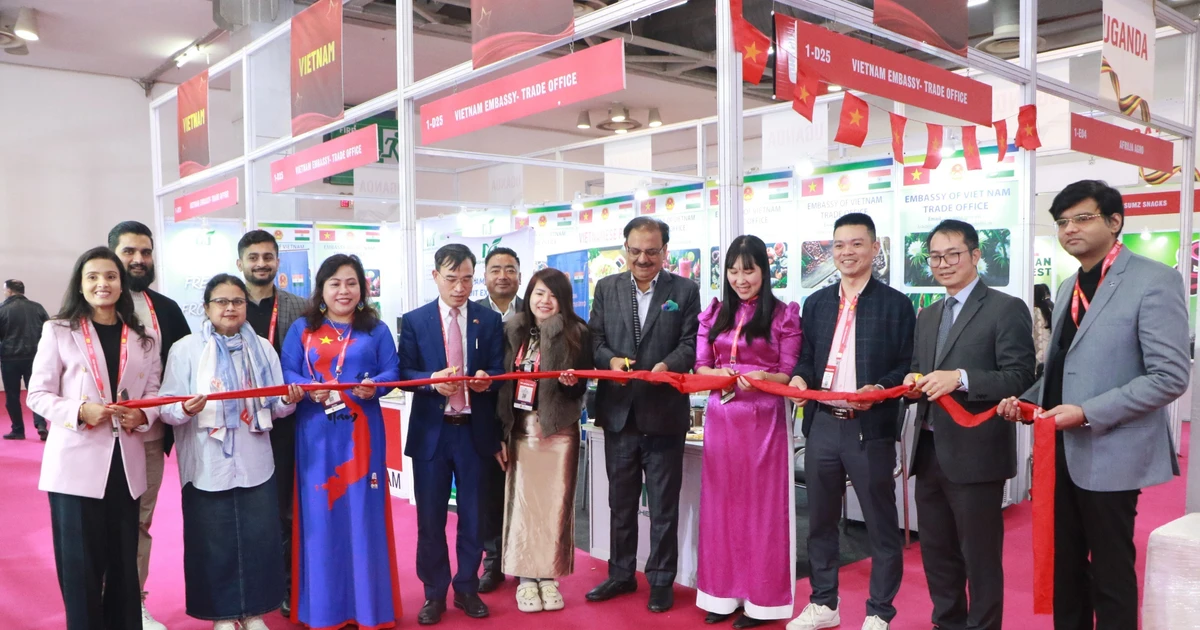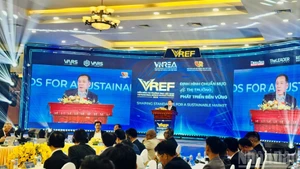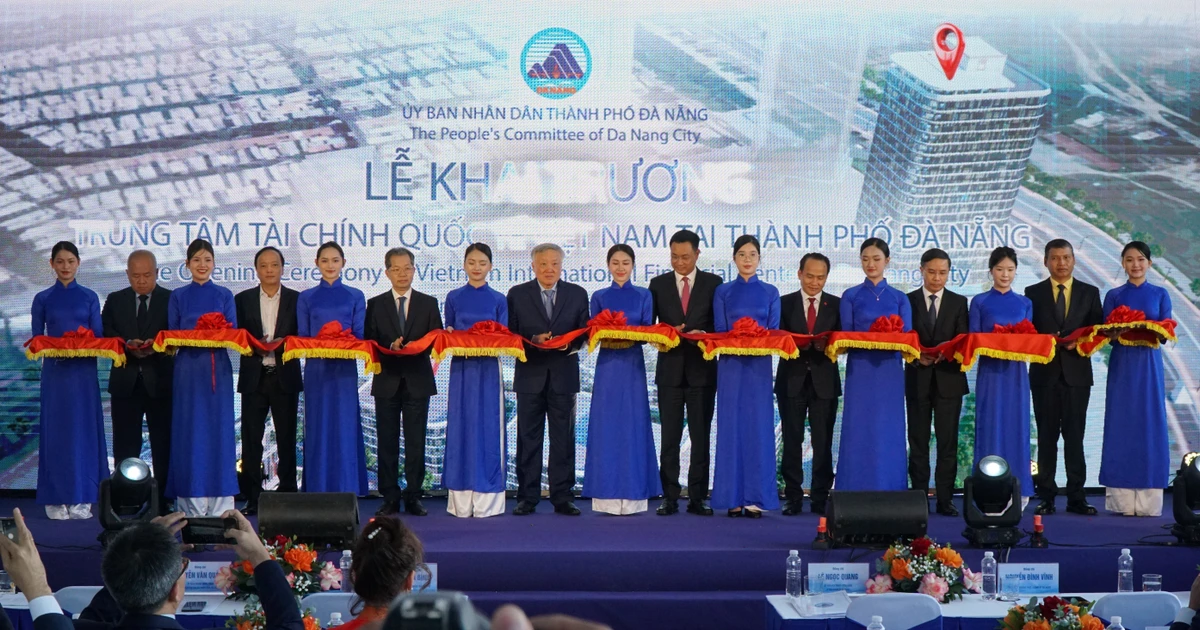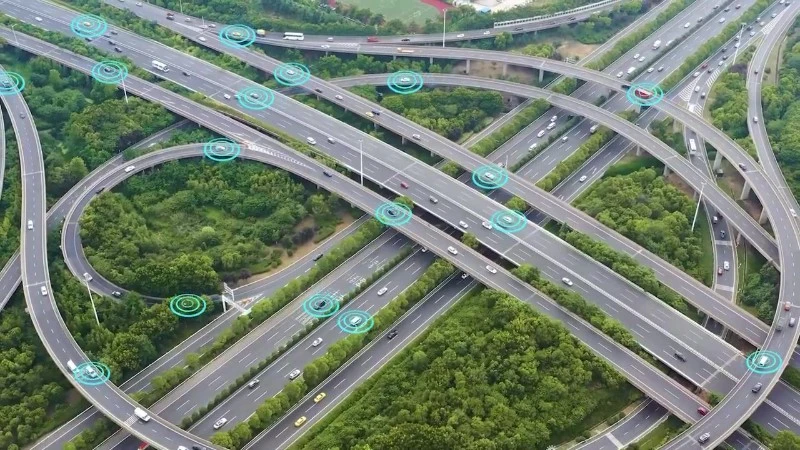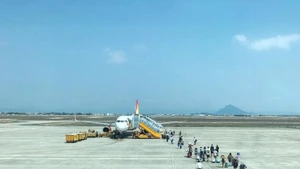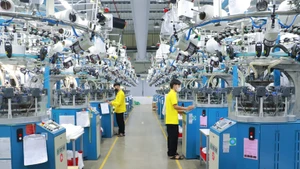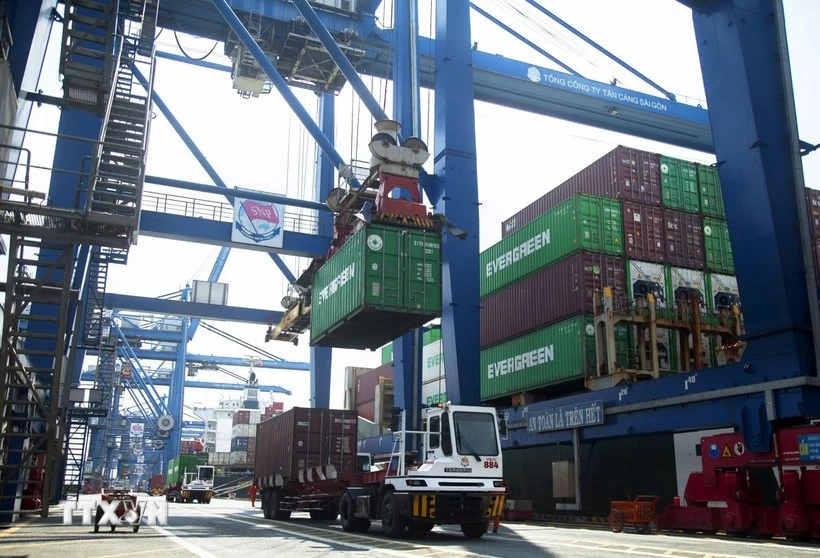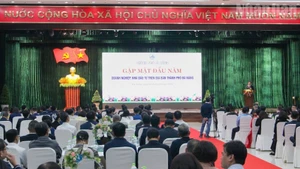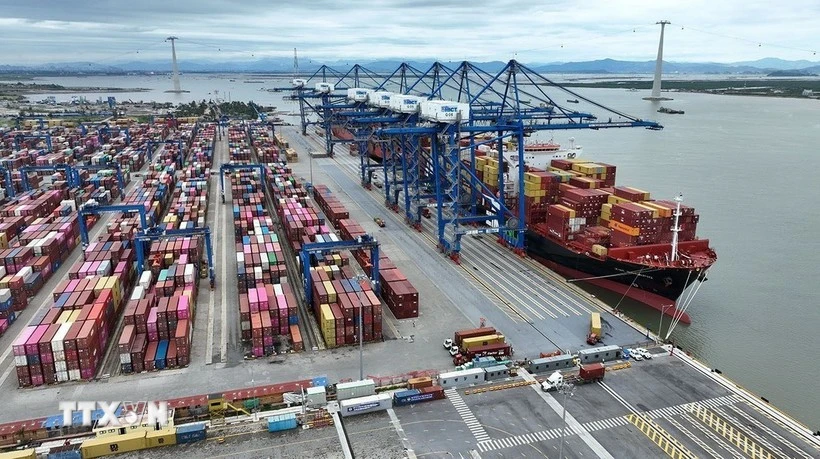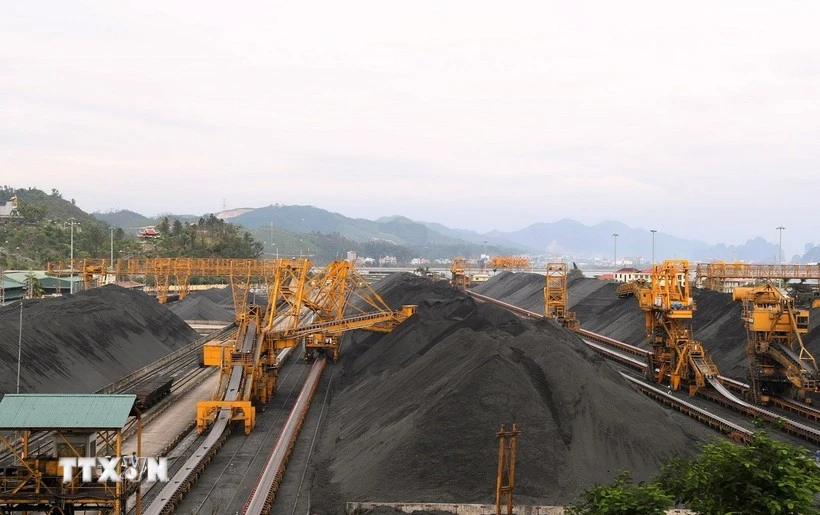In recent years, many localities in the region have been promoting intensive farming and the application of high technology, leading to high-quality products that meet consumption demands and increase farmers’ incomes.
However, aquaculture in this area also faces challenges due to the continual rise in input material and supply costs over the years, environmental issues in aquaculture remain inadequately addressed, and disease outbreaks have caused significant losses for farmers.
Increasing value
According to the Directorate of Fisheries and Fisheries Surveillance, by the end of 2024, the Red River Delta had 114,868 ha of aquaculture farming and 946,916 m3 of cage culture, with a total output of 823,871 tonnes.
This includes 20,531 ha and 45,000 m3 of saltwater and brackish aquaculture, mainly in Hai Phong, Thai Binh, Nam Dinh, and Ninh Binh; and 94,336 ha and 901,916 m3 of freshwater aquaculture.
Farmed species are diverse, including clams, oysters, black tiger prawns, whiteleg shrimp, grouper, seabass, hybrid carp, black grass carp, and catfish. Currently, the region has 493 facilities engaged in breeding and nursery operations for aquaculture.
To enhance productivity, quality, and incomes, aquaculture in the Red River Delta has increasingly shifted towards intensive farming with high-tech applications.
According to Dang Xuan Truong, Head of the Aquaculture Promotion and Rural Occupations Division (National Agricultural Extension Centre), since 2020, during the first phase of the aquaculture extension programme, the centre has implemented 10 freshwater aquaculture models in the Red River Delta, focusing on high-value species such as spotted catfish, hybrid catfish, bangana, and American catfish.
Thanks to high-tech applications, optimal nutrition regimes, and quality breeds, pond farming productivity has increased to 20–30 tonnes per hectare, generating profits of 200–300 million VND per ha. For cage farming, technical solutions have raised yields to 10–15 tonnes per cage (100–200m3 per cage), with profits of 50–70 million VND.
According to Do Tien Dung, Deputy Director of the Department of Agriculture and Environment of Hai Duong Province, the province currently has over 12,500 ha of pond and lake aquaculture, producing over 110,000 tonnes annually.
Most farming facilities now use high-tech systems for automatic care, monitoring, and QR-code traceability, leading to increased productivity, improved product quality, reduced costs, and greater economic efficiency.
Le Van Viet, Chairman and CEO of Xuyen Viet Production and Trading JSC, shared that the company is formally linked with 52 households farming nearly 200 ha—mainly tilapia—supplying around 10,000 tonnes annually. Since 2014, the company has introduced several technologies to enhance productivity and quality, such as “river-in-pond” fish farming, oxygen supplementation in floating ponds, the use of biological products, and seasonal farming to adapt to Northern Viet Nam’s climate.
Importantly, all member households are granted access to these technologies and enjoy guaranteed product off-take, achieving fish yields of 200 tonnes per hectare and average incomes of 4 billion VND per ha.
Great development potential
Statistics indicate that the Red River Delta still has vast potential for aquaculture development, with around 163,237 ha available. Additionally, there are hundreds of thousands of hectares of water surfaces from rivers and reservoirs suitable for cage and reservoir fish farming.
Nevertheless, the sector continues to grapple with input price hikes, poor environmental conditions, and frequent disease outbreaks. Vo Van Binh, Director of the Northern National Centre for Freshwater Aquaculture Breeding, pointed out that climate change has caused extreme weather patterns that negatively affect both breeding and farming.
Many aquaculture and hatchery facilities remain small-scale and fragmented, lacking cohesive investment and linkages. This results in low productivity, insufficient planning for concentrated breeding zones, widespread crossbreeding and breed degradation, and rudimentary quality control systems. The lack of digital data hampers the ability to monitor, manage, and trace product origins effectively.
Nguyen Huu Tho, Head of Livestock, Veterinary and Fisheries Department of Bac Ninh Province, noted that the province currently has over 4,600 ha of aquaculture farms and more than 2,700 fish cages, yielding approximately 41,000 tonnes.
To date, Bac Ninh has established 72 concentrated aquaculture zones spanning 1,305 ha, laying the foundation for applying scientific and technological advances that have clearly improved productivity and product quality. Particularly, super-intensive cage farming in the Duong and Thai Binh Rivers has shown promising results, achieving yields of 4–6 tonnes per cage (108m3) and high economic returns.
Despite the establishment of concentrated farming zones, infrastructure in some areas—such as water supply and drainage systems, roads, and electricity—remains inadequate for safe and intensive farming. Water pollution has also limited the expansion of high-density aquaculture areas.
In 2025, localities in the region aim to reach about 115,000 ha of aquaculture (up by 132 ha) and 948,000m3 of cage culture (up by 1,084m3), with an expected output of 850,000 tonnes.
To promote sustainable aquaculture development, the coming period will require ministries, sectors, and localities to further restructure the industry, enhancing value and ensuring sustainability while linking aquaculture with environmental protection.
At the same time, production and management must be strengthened from farming to exploitation and resource protection to improve product competitiveness.
Encouragement should also be given to developing models using high-tech and advanced scientific methods. Organic and ecological farming models should be expanded, with adherence to certified best aquaculture practices to enhance value and ensure sustainable growth. Farmers must receive training on food safety production practices to ensure product quality before market entry.
Furthermore, efforts should be made to attract investment from enterprises to establish concentrated commercial production zones with supply chains encompassing input provision and product off-take.
